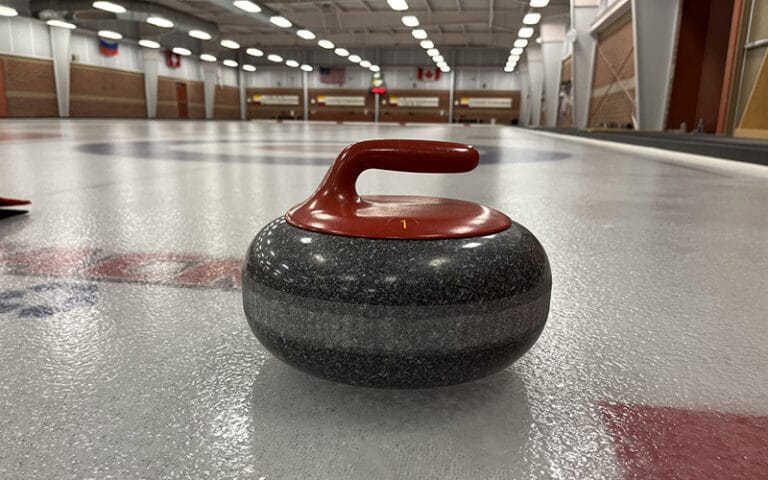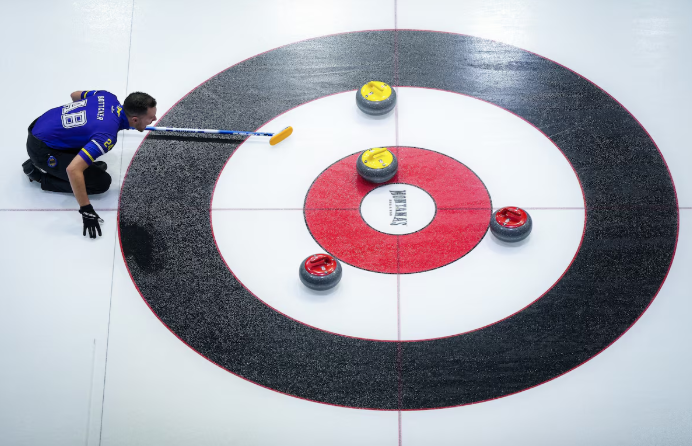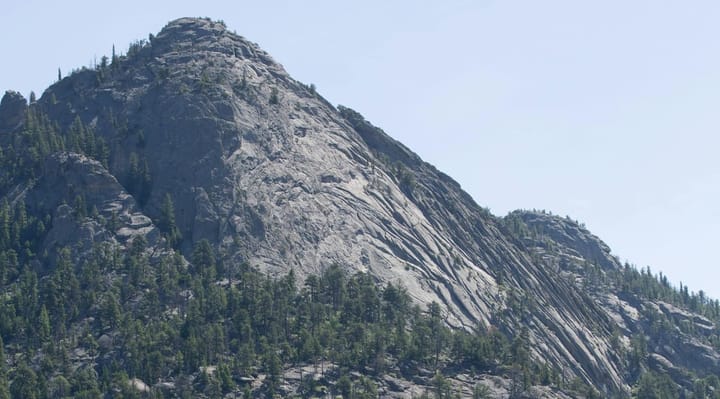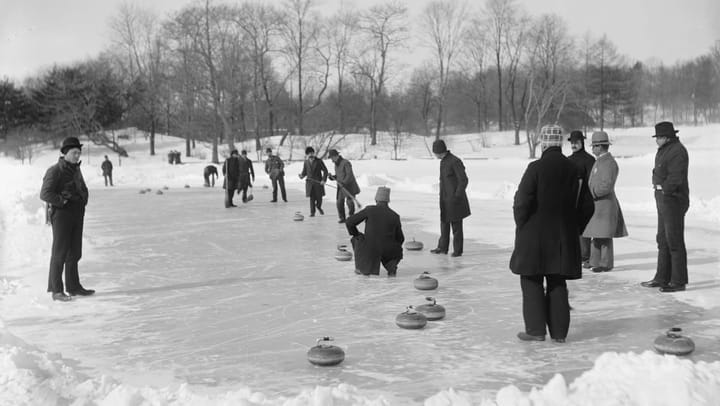The Evolution of the Curling Stone

Curling, a sport with centuries of tradition, is inextricably linked to the rocky shores of a small Scottish island: Elsa Craig. This island, just off the west coast of Scotland, is known not only for its natural beauty but also for being the source of the iconic micro granite used in the making of curling stones. The island’s granite has been a cornerstone of the sport for nearly 200 years, and its continued use today is a testament to the rock's exceptional durability, performance, and history.
The Origins of Elsa Craig Granite
The story of Elsa Craig’s granite in curling dates back to 1829 when the first exports of this unique material were shipped to Canada. At that time, curling stones were being made from a variety of materials, none of which could match the consistency, toughness, and performance of Elsa Craig granite. Before this discovery, early curling stones were made from riverbed rocks or local quarry stones, but they were often too brittle, inconsistent, and easily damaged during the rough-and-tumble of the game. It was clear that a more reliable material was needed.
Elsa Craig granite quickly became the material of choice. Its striking combination of physical properties—resilience, impact resistance, and a consistent grain structure—made it ideal for the rough nature of curling. It was the first granite that could absorb the heavy hits and bumps during games without cracking or losing its integrity, making it perfect for the sport.
The Science Behind the Stones
What makes the granite from Elsa Craig so special is its unique microgranite composition. The rock is made up of quartz-rich granite, which includes Common Green granite for the body of the stone and Blue Horn granite for the running surface.
- Common Green granite is easily recognizable by its greenish hue and black flecks. This granite forms the body of the stone and is known for being impact-resistant. Curlers have long noted how well the stones "spring" when they hit each other in the house, a feature that is essential for executing precision shots. This "spring" effect is partly due to the microstructural resilience of the granite.
- Blue Horn granite, with its slatey-gray color and white flecks (feldspars), forms the running surface of the stone. The composition of Blue Horn granite makes it highly resistant to wear and moisture absorption. Unlike other materials, this granite does not absorb water, which ensures that the stone maintains its weight and balance on the ice. This is particularly important because moisture absorption could cause the stone to lose its smoothness or become damaged over time.
The use of both types of granite in one stone ensures the best of both worlds: durability on the striking band and precision on the running surface.
The Evolution of the Curling Stone
While Elsa Craig granite has been used for curling stones for nearly two centuries, the design of the stones has undergone significant modifications to improve performance. One of the biggest innovations came in the early 1970s when manufacturers began combining both Blue Horn and Common Green granite into a single stone. This combination was first seen in Canada and was later perfected in Scotland by the Scottish Curling Company.
The choice to use these two types of granite in the same stone was based on the need to balance the toughness required for the body of the stone with the resilience needed for the running surface. This dual-material approach has since become standard in curling stone design. It provides a level of performance that no other material has been able to match, despite numerous attempts by manufacturers to find suitable substitutes.
For instance, in the past, there have been experiments with ceramics, but these did not perform well. Ceramics, while allowing for texture on the running band, failed to retain the stone’s ability to "curl" properly. The unique intergrowth of minerals in Elsa Craig granite allows it to maintain its curling properties even after extensive use, something that synthetic materials just can't replicate.
The Tradition of Elsa Craig
The Girvin family, who leased the island from the Earl of Elsa in the 1860s, played a crucial role in the island’s granite production. They lived on Elsa Craig and worked the quarries, producing rough-hewn blocks of granite that would later be made into curling stones. This family-run operation continued until the early 1950s. To this day, Elsa Craig remains a symbol of curling’s rich history and the tradition that goes into making every stone.
In fact, the island’s geological features—its steep cliffs and columnar structure—made quarrying the granite much easier, even in ancient times. Today, the transportation of granite from Elsa Craig to manufacturers around the world remains a logistical challenge, but it is well worth the effort for the unmatched quality the rock provides.
Why Elsa Craig Granite Still Reigns Supreme
Despite the testing of various alternative materials over the years, nothing has come close to matching the performance of Elsa Craig granite. Its natural qualities, including its toughness, resilience, and ability to absorb the "knocks and bumps" of the sport, make it the best option for creating curling stones that last. Even today, the vast majority of curling stones used in international competitions are made from Elsa Craig granite or a similar granite from Trefor in Wales.
As curling continues to evolve, one thing remains constant: the iconic stones used in the sport are made from a material that has withstood the test of time. The island of Elsa Craig, with its unique geological makeup, has provided the curling world with stones that are not only functional but steeped in history and tradition.
Conclusion
Elsa Craig is much more than just an island in the Scottish seas. It is the birthplace of the finest curling stones in the world. From its exceptional granite to the craftsmanship that goes into each stone, Elsa Craig has become synonymous with the sport of curling. Whether it's on the icy rinks of Canada or the frozen lochs of Scotland, the legacy of Elsa Craig’s curling stones lives on—proof of a material's remarkable durability, performance, and history. For almost two centuries, curling stones made from Elsa Craig granite have stood the test of time, continuing to play a crucial role in the sport, one stone at a time.



